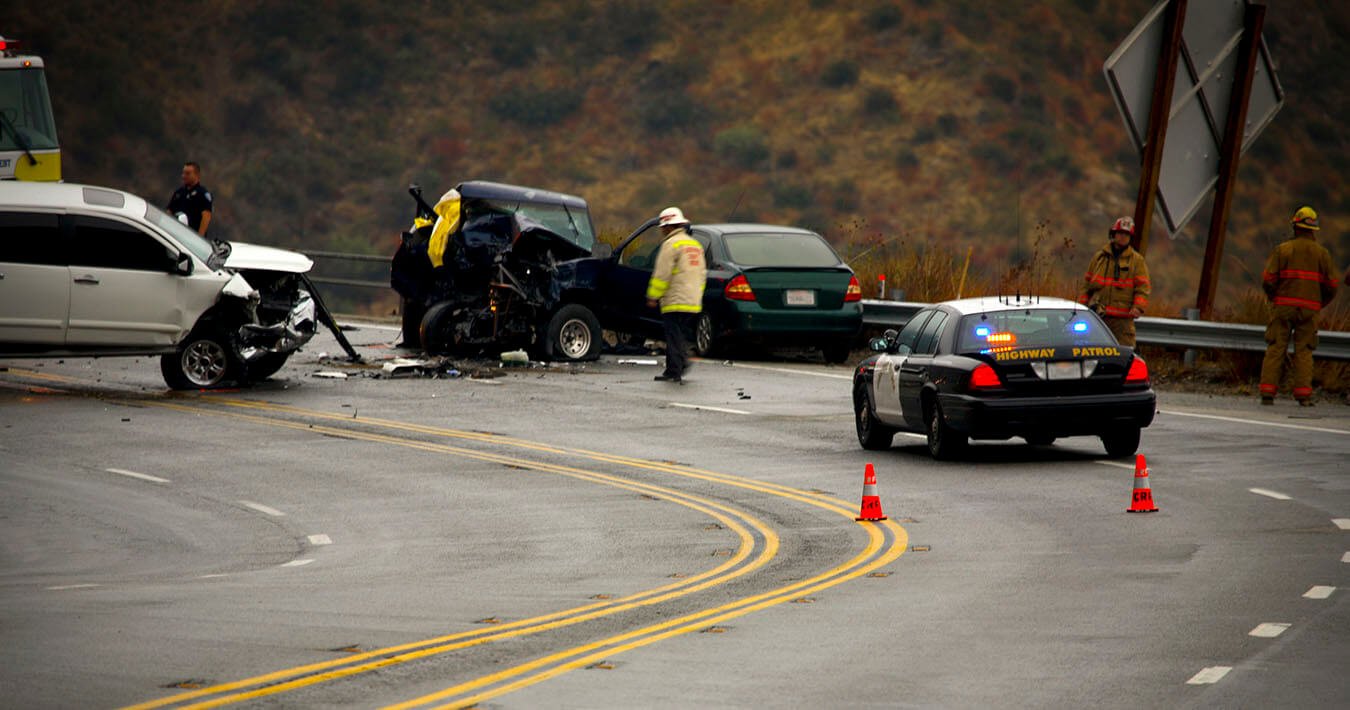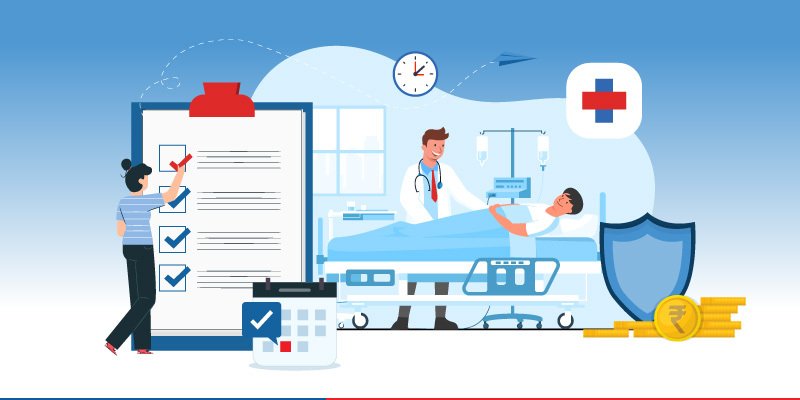
Accidental Death Benefits

Accidental death benefits are specialized financial protections embedded within certain insurance policies, aimed at providing additional support in the unfortunate event of an accidental death. These benefits serve as an enhancement to standard life insurance coverage, offering beneficiaries a separate monetary payout that is often higher than the base policy limit. Unlike traditional life insurance, which typically covers deaths due to natural causes, illnesses, or accidents, accidental death benefits specifically address fatalities resulting from unforeseen events, such as injuries sustained in car accidents, falls, or other unintentional incidents.
The primary function of accidental death benefits is to offer financial security to the deceased’s loved ones by reducing the economic burden that accompanies a tragic loss. In practice, if an individual passes away due to an accident, the designated beneficiaries will receive the stipulated accidental death benefit amount in addition to any benefits from the life insurance policy. This dual coverage can significantly aid families in coping with expenses such as funeral costs, outstanding debts, and everyday living expenses during a challenging time.
It is important to note that not all life insurance policies include accidental death benefits; they may be available as a rider, which can be added for an additional premium. Additionally, policies may have specific definitions and exclusions regarding what constitutes an accident, so policyholders should thoroughly review the terms and conditions of their insurance contracts. Some common exclusions might include death resulting from reckless behavior, unlawful acts, or specific medical conditions. Understanding the details of accidental death benefits is crucial, as it ensures individuals can make informed decisions when selecting insurance options to meet their financial needs and goals.
The Difference Between Accidental Death Benefits and Life Insurance

Understanding the distinctions between accidental death benefits and traditional life insurance is essential for individuals considering their options for financial protection. While both types of coverage serve the purpose of providing financial support to beneficiaries upon the insured’s death, they differ significantly in terms of coverage scope and applicability. Accidental death benefits specifically provide payouts only in the event of death resulting from an accident, which is a key differentiator from life insurance policies that cover a broader range of causes, including natural death, terminal illnesses, and suicides, depending on the terms of the policy.
Accidental death benefits are frequently offered as a rider or supplemental policy, which means they can be added to an existing life insurance policy, enhancing the total coverage available to the insured. This contrasts with traditional life insurance, which is a standalone product designed to provide a specified death benefit amount. Furthermore, life insurance policies can accumulate cash value over time, which is not a feature typically associated with accidental death benefits. Consequently, while both insurance types can collaborate to create a comprehensive financial safety net, they serve distinctly different roles.
Another important distinction lies in the eligibility and underwriting processes. Life insurance typically requires a more rigorous assessment that may include medical history checks and health examinations, as it is concerned with a more extensive set of risks. Conversely, accidental death benefit policies may have more lenient underwriting guidelines. This makes them accessible to a broader audience, particularly individuals who may have trouble qualifying for traditional life insurance due to health issues or other factors. In conclusion, recognizing these differences is crucial for anyone looking to choose the right coverage to ensure financial security for their loved ones in various scenarios.
Who Needs Accidental Death Coverage?
Accidental death benefits are a significant financial safety net that can be particularly beneficial for specific groups of individuals. Among these are high-risk professionals such as construction workers and pilots. These occupations inherently carry a greater risk of accidents due to the nature of the work environment and the activities involved. For instance, construction workers often operate heavy machinery and work at great heights, while pilots face the complexities of navigation and mechanical failures. Given these factors, having accidental death coverage can provide peace of mind and financial support for their families in the event of a tragic incident.
Another group that may greatly benefit from accidental death coverage consists of frequent travelers. Individuals who travel regularly, whether for business or leisure, often find themselves in unfamiliar environments where the risk of accidents can be heightened. Whether it’s navigating busy airports, unfamiliar roads, or engaging in adventurous activities abroad, the potential dangers warrant consideration of extra protection to safeguard loved ones against unforeseen circumstances.
Additionally, active individuals engaged in potentially dangerous hobbies, such as rock climbing, scuba diving, or motorcycle riding, should also assess their need for accidental death coverage. These activities, while often enjoyable and fulfilling, carry inherent risks that could lead to tragic outcomes. Therefore, a thoughtful evaluation of personal risk factors is essential for those actively participating in high-adrenaline pursuits. Considering these dynamics, it becomes evident that certain demographics—high-risk professionals, frequent travelers, and avid adventurers—stand to gain significantly from the peace of mind that comes with accidental death benefits. Assessing one’s risk factors and lifestyle is a crucial step in determining the necessity and extent of such coverage.
Common Exclusions in Accidental Death Benefits

Accidental death benefits are designed to provide financial protection to beneficiaries in the unfortunate event that an insured individual dies due to an accident. However, it is crucial to be aware of the common exclusions that may limit the scope of coverage under such policies. Understanding these exclusions is vital for both policyholders and their beneficiaries, as they directly impact the claims process and potential payouts.
One of the primary exclusions often specified in accidental death benefit policies pertains to deaths resulting from pre-existing medical conditions. For instance, if an individual suffers a fatal incident triggered by a heart attack or stroke, regardless of the circumstances, the claim may be denied on the grounds that the death was not solely accidental. This exclusion reinforces the necessity of declaring any chronic illnesses at the time of purchasing the policy, as insurers rely on such disclosures to assess risk accurately.
Engaging in risky activities represents another common exclusion. Many policies explicitly state that deaths incurred while participating in high-risk sports, extreme recreational activities, or criminal behaviors may negate the benefit. Activities such as skydiving, rock climbing, or racing may leave beneficiaries without coverage due to the inherent dangers associated with these pursuits, emphasizing the importance of reviewing policy terms carefully before undertaking such activities.
Additionally, intoxication often serves as a grounds for exclusion in accidental death benefit claims. If an individual is found to be under the influence of drugs or alcohol at the time of the accident, their beneficiaries may face challenges in claiming benefits. Insurers may argue that intoxication contributed to the fatal incident, thereby disqualifying the claim under the policy’s terms. Policyholders should consider these factors when evaluating the adequacy of their coverage and take steps to maintain safety during any activities that may pose a risk.
How to Check Your Current Policy for Accidental Death Benefits

Understanding your insurance policy is crucial in ensuring that you and your loved ones are adequately protected in the event of an unforeseen circumstance. To verify whether your current policy includes accidental death benefits, begin by locating all relevant policy documents. This information can typically be found in your insurance policy booklet, which should have been provided when you purchased the policy. If you are unable to find these documents, consider contacting your insurer’s customer service department for assistance in retrieving them.
Once you have obtained the necessary documents, it is important to read through them attentively. Focus on sections that describe the coverage offered by your policy. Look for terms such as “accidental death,” “unintentional death,” or “death benefits,” as these indicate whether the policy has provisions for accidental death benefits. It is also beneficial to familiarize yourself with the overall structure of the document, ensuring you understand its contents and stipulations.
In addition to standard coverage, accidental death benefits may sometimes be included as part of a rider, which is an additional provision that modifies your base policy. Riders can often provide added coverage for specific scenarios, such as accidental death, at an additional premium. Identify any riders listed in your documents and review their details for pertinent information on accidental death benefits.
If you find the terminology confusing or believe you might have overlooked important sections, it may be wise to consult with an insurance agent or a professional who specializes in insurance policies. This expert can help clarify any doubts and ensure that you fully understand the capacities of your current policy regarding accidental death benefits. Ultimately, being well-informed will enable you to make better decisions about your insurance coverage and personal safety.
Adding Accidental Death Coverage to Your Policy

Adding accidental death coverage to your existing insurance policy is a straightforward process that can significantly enhance your financial protection. This additional layer of coverage ensures that your beneficiaries will receive a designated sum if you pass away due to accidental circumstances, offering peace of mind for you and your loved ones.
The first step to adding this coverage is to review your current insurance policy. It is essential to understand the terms, conditions, and limitations of your existing coverage to make informed decisions. Familiarize yourself with the types of benefits your policy already provides, as this will help you gauge how accidental death coverage could complement your existing plan.
Next, contact your insurance provider. Most insurers have dedicated customer service teams that can assist you with inquiries about policy changes. Prepare in advance by compiling a list of questions regarding the process of adding accidental death coverage. Inquire about the terms and the additional premium that may be required for the extension. Additionally, clarify the circumstances and definitions that qualify for an accidental death claim, as these can vary between insurers.
When discussing your needs, be earnest about the amount of coverage you would like to add. Determine whether you want a specific sum or if a multiplier of your existing life insurance coverage would be more beneficial. This discussion is also an opportune moment to assess whether other types of supplemental coverage might be appropriate for your circumstances.
Once you have all the necessary information, make a decision based on your financial goals and the best options available. Upon reaching a consensus with your insurer, complete any required documentation, and ensure that you review your updated policy to confirm that the accidental death benefit is now included. This proactive step can be invaluable in safeguarding your family’s financial future.
Cost of Accidental Death Benefits

Accidental death benefits are an essential component of life insurance policies, providing beneficiaries with an additional financial cushion in the unfortunate event of a policyholder’s accidental demise. However, understanding the costs associated with such coverage is crucial for individuals considering inclusion in their life insurance package. Premiums for accidental death benefits can vary significantly based on several key factors.
One of the most influential factors affecting the cost of accidental death benefits is the applicant’s age. Younger individuals typically pay lower premiums, as they are statistically at a lower risk of accidents compared to older adults. As people age, the likelihood of accidents increases, which can lead to higher premiums. Insurance providers consider this risk assessment when determining the cost of adding accidental death benefits.
Occupational hazards also play a significant role in the pricing of accidental death benefits. Certain professions, such as construction workers or first responders, may face higher risks of fatal accidents. Consequently, individuals in high-risk occupations often experience increased premiums compared to those engaged in less hazardous jobs. Insurers rigorously evaluate occupation types to gauge the corresponding risk levels, ultimately influencing the premium costs.
Lifestyle choices further impact the costs of accidental death coverage. Factors such as smoking, engaging in high-risk recreational activities, or having a history of reckless behavior can lead to higher premiums. Insurance companies assess these lifestyle factors carefully, considering their potential implications on the likelihood of accidental death. Additionally, geographical location may influence costs, as urban areas often exhibit higher accident rates than rural counterparts.
In summary, the costs associated with accidental death benefits are determined by a variety of factors, including age, occupation, and lifestyle. By understanding these elements, individuals can gain a clearer picture of what they might expect to pay for this valuable coverage.
The Importance of Regular Policy Review

Regularly reviewing your insurance policy is a crucial aspect of maintaining adequate coverage, especially concerning accidental death benefits. Life circumstances can change significantly over time—be it a new job, the addition of family members, or changes in financial obligations. These shifts necessitate a thorough evaluation of your current insurance coverage to ensure that it aligns with your present needs.
One primary reason for periodic policy reviews is to determine whether your existing accidental death benefits are sufficient. For instance, if you have recently taken on new debts, such as a mortgage or student loans, it is essential to revisit your policy to assess whether the coverage can provide adequate financial support for your beneficiaries in the event of an unforeseen accident. Conversely, if your life has simplified—perhaps your children are now financially independent—you might consider adjusting your coverage accordingly.
Moreover, insurance providers sometimes modify their offerings or introduce new products. A review provides an opportunity to explore these updates and determine if a new policy could offer better terms or a more favorable premium rate. It is not uncommon for people to discover that their current plan no longer represents the best choice available, which could lead to both enhanced coverage and potential cost savings.
Additionally, ensuring that your beneficiaries are up to date in your policy is vital. Major life events, like marriage or divorce, may warrant changes to your listed beneficiaries. Regular reviews prompt these critical updates, ensuring that your accidental death benefits will be allocated according to your wishes.
In conclusion, a regular assessment of your insurance policy is essential for ensuring that your accidental death benefits adequately reflect your current life circumstances. By staying proactive, you can secure peace of mind knowing that your loved ones are adequately protected.

